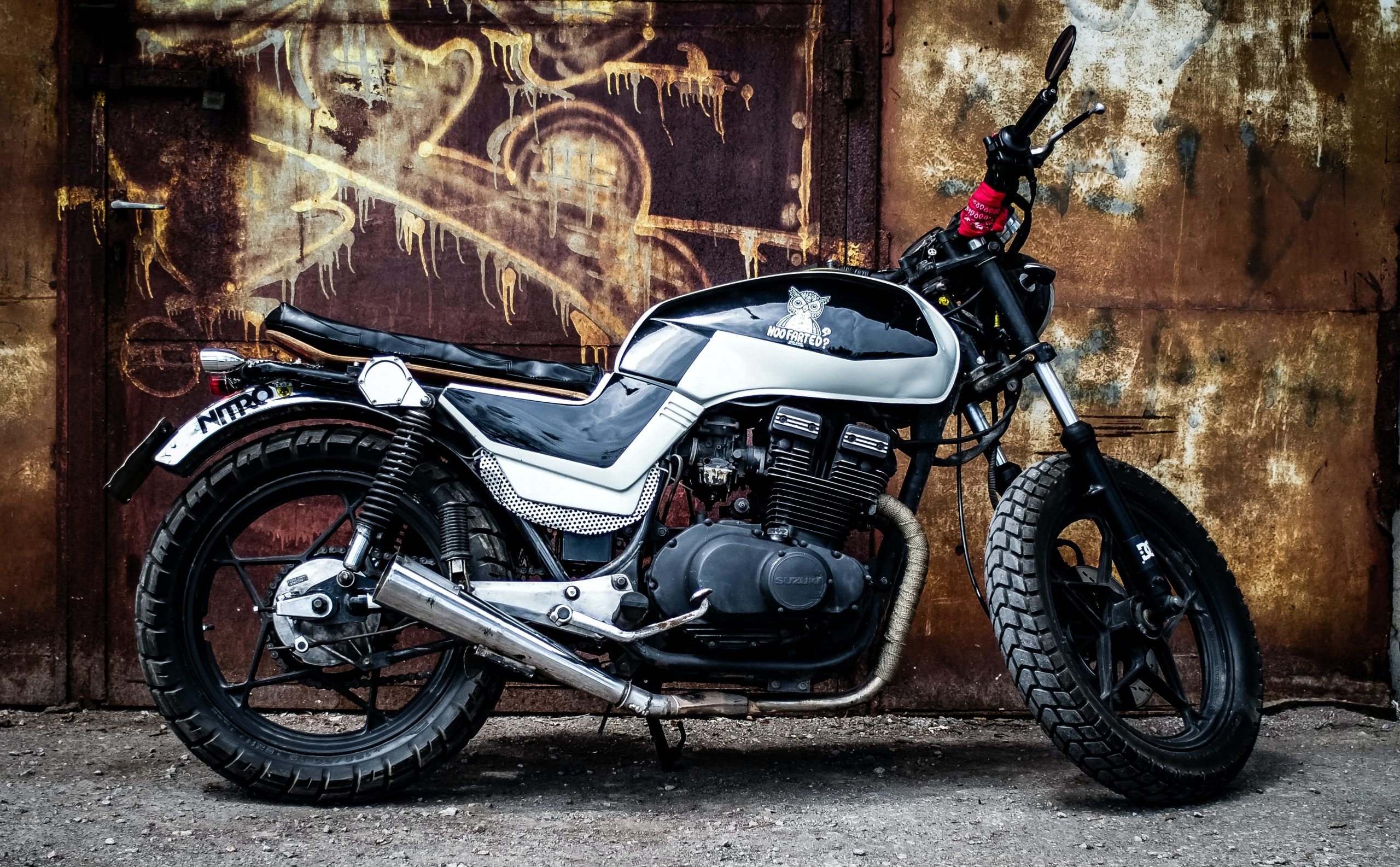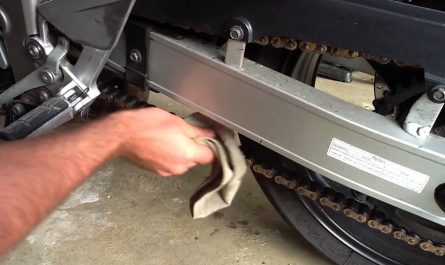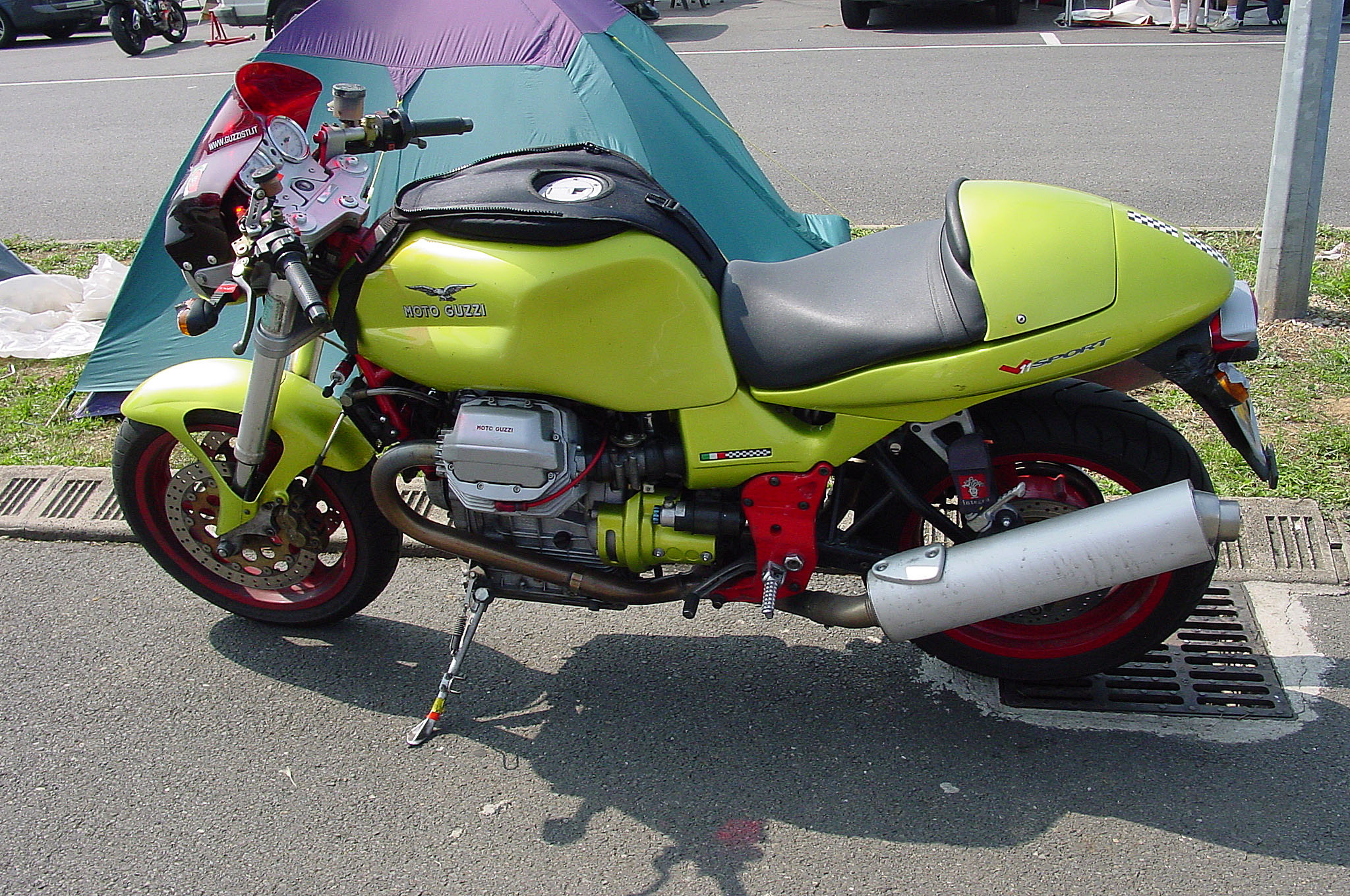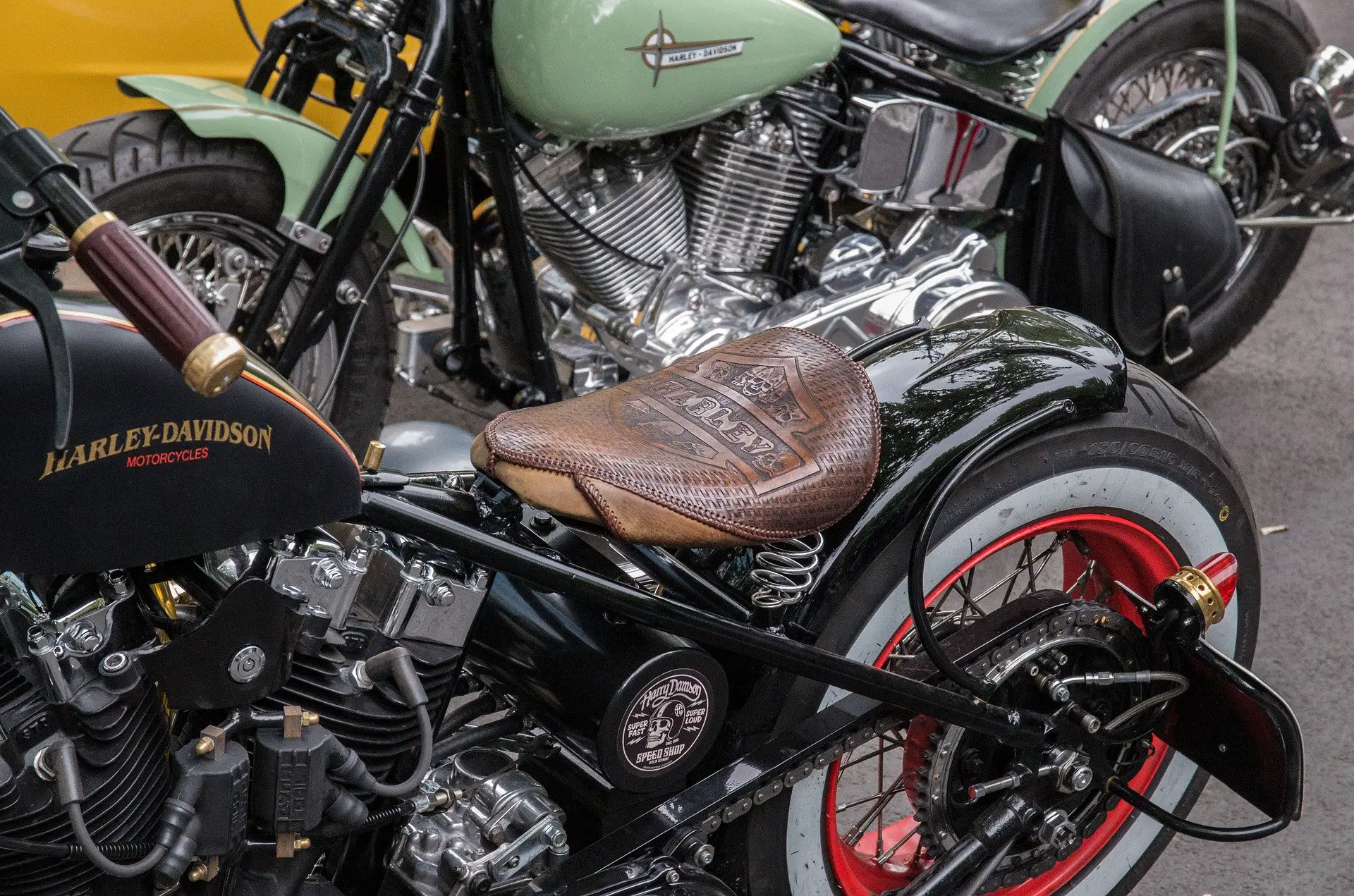Adapting your motorcycle's suspension is one of the most satisfying modifications you can make to your motorcycle at home. The good news is that most modern motorcycles have adjustable suspension, you don't need specialized tools to do it, and it's faster and easier than you initially thought. However, it helps to understand how and why you want to make adjustments.
Forks front and rear shock absorber are among the most important components of your motorcycle. Proper suspension tuning can transform your ride and help you get the most out of your machine, helping it to behave better and get more feel, which in turn gives you more confidence.
For example, if you regularly ride on a motorcycle With a passenger seat and full baskets, a too soft suspension can cause the motorcycle to travel a lot and cause it to bounce back due to the extra weight in the rear. It is a disadvantage in a straight line, but dangerous in the turns.
When trying to adjust your suspension, be sure to refer to your motorcycle manual for specific details of the location of each adjuster, and any changes you make should be noted and referenced against the standard suspension settings so that you can come back to it.
Adapt the motorcycle fork by improving the rebound
Rebound damping in the forks controls how quickly they return to their natural position. The further the adjuster is, the slower the fork rebounds. When the rebound is properly adjusted, the bike will stabilize quickly after going over a bump and will not continue to rebound. As you change the rebound, there are some adjusters that click and turn to help you manage how much you adjust. If your bike is not making a clicking sound, do a U-turn at a time.
Adapt the motorcycle fork by pre-loading it
The preload of the fork makes the bike softer or harder in the front. But in reality, you are not making the fork spring stiffer or softer. When you change the fork preload, the spring inside the fork is compressed by the adjuster which provides a different range of usable travel.
Adapt the motorcycle fork by compressing it
The compression speed of the forks is controlled by the compression damping. You can change the compression damping using the adjuster, which is usually located at the bottom of the fork leg. If the adjuster is fully depressed, the fork will be harder to compress and provide a stiffer ride.
Adapt the motorcycle fork by modifying its height
If you want your bike to turn better, you can change the height of the front of the bike, for example, by sliding the forks at the top of the frame to lower it. The more the fork foot is visible above the caliper, the lower the ride height. Only change a few millimeters at a time and check for friction issues.
Fit Motorcycle Fork by compressing the shock absorber
On the rear shock absorber, the compression damping adjuster is usually located at the top. Again, when changing the compression of the rear shock, be sure to only do a U-turn or click at a time. Too much damping will create a hard ride, while too little will bounce the rear end and make it too soft.
Adapt the motorcycle fork by pre-loading the rear shock absorber
As with adjusting the front fork preload, the rear shock preload makes the rear of the bike feel softer or harder. To adjust your bike's rear shock preload, you will need a C-spanner to loosen the top locking ring and rotate it up the shock to access the adjustment ring.
If you want to increase the preload so that the spring has less stroke and the bike is stiffer, turn the adjusting ring clockwise. If your bike has too little preload, it will use most if not all of its travel and may hit the lowest point when going over a bump.
Adapt the motorcycle fork by checking all your changes
A simple way to assess the adjustments you've made is to push on the back of the bike and let it come back. Aim for a similar rate of compression and feedback, and repeat the same process for the front fork while pushing down on the handlebars.
Take a smooth ride and if you don't feel comfortable making other changes, go back to the standard bike settings you wrote down before making any changes.




